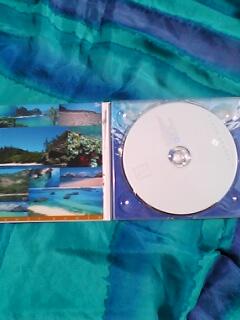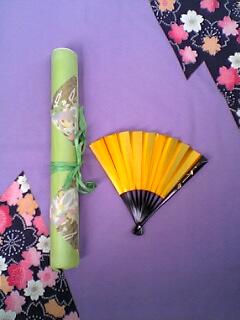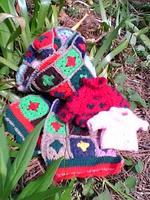
From walking the Japanese cigarette butt beaches, swimming wham into a plastic bag with the remains of a lunch-the tomatoes and bits of meat and lemon- at the seaside: I realized my children have no experience of pristine Scottish beaches, and so grew Swimming in the Sea. Japan has gorgeous and unsoiled beaches too, don't get me wrong. It's a song to reflect on what you like and don't like in your experiences in nature, and what to do about it when you realize.
Sound of the sea
I start off the session by asking the children to close their eyes and switch on the CD.... Close your eyes, and come exploring sea creatures and the beach.
 Following that song, remember things you saw when last at the beach, compare sea creatures in different countries, notice the different colors and sizes, swim along and share what you see.
Following that song, remember things you saw when last at the beach, compare sea creatures in different countries, notice the different colors and sizes, swim along and share what you see. 
I sing and kids sing back to me, and someone is helping changing the karaoke TV pictures while i play the guitar.


Gently repeating "What can you see?" slide the picture off gradually as kids guess what is underneath....
A whale! Is it pink, or red? Blue, ok, is it big or little?
A big, blue whale, comes swimming by....

 WOW
WOW 
So, let's keep the sea clean.
Comparison: Japan and the UK

After we listen to the sound of waves and the sea, I have two pictures of the sea, one from the UK and one from Japan, which go up on the board. As we sing, the sea creatures get posted up and I ask, Do you have whales/seals/ puffins in Japan? Then the kids tell me more animals in the sea in Japan and ask me if we have them in the UK, and we explore the topic and learn new words/think of things we need to research....:)

Point and say
I ask some of the kids to come and be the teacher in turn, and use either of the two whacky pointers (UK and Pokemon) to point and everyone practices reading the words.The kids get a copy of this printed out to take home and color, because sometimes there's no time for crafts or personalized drawings in short classes.
I run a game where everyone gets a copy of one of the animals, and we all stand up and sing the song, swimming and milling around, and when we get to "what can you see?" they stop and show their card to the person nearest, adding the size and color they like: "A big orange starfish" - "Wow" , "A small green crab" -"Wow" and then we all start milling around again.

story time
Explore the topic in read-along, act-it-out storybooks:
Sally and the Limpet by Simon James, Walker Books; (March 26, 1992) ASIN: 0744520207
What lives in a shell? by Kathleen Weidner Zoehfeld, HarperTrophy; (May 30, 1994), ISBN: 0064451240
My Friend Whale by Simon James, Candlewick Press (MA); (March 1, 2004) , ISBN: 0763623105
Elisella the Coral by Katherine Muzik, drawings Makoto Wada, Libro Port Publishing Co. Ltd, 1986 ISBN 4-8457-0240-1 C8795























